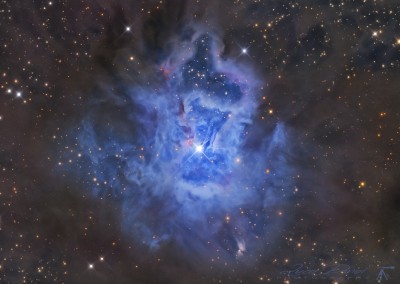by Lucadinoi » Tue May 24, 2022 1:54 pm
Ngc 7023 IRIS
12 "RC Truss telescope reduced to 1800
Celestron 80/600 guide tube with Asi Zwo 224 chamber
Moravian G2 8300 camera with internal wheel
Ioptron Cem120 mount
Moonlite focuser and 3.5 "electronic rotator.
Electronic temperature control and anti-condensation bands
Cls ccd, R, G, B, Ha 6nm filters, all Astronomik
Shooting data:
61 x 240 ccd cl
39 x 240 R
39 x 240 G
39 x 240 B
Processing: Pixinsight, Photoshop, star points, astronomy tools
- Attachments
-

Ngc 7023 IRIS
12 "RC Truss telescope reduced to 1800
Celestron 80/600 guide tube with Asi Zwo 224 chamber
Moravian G2 8300 camera with internal wheel
Ioptron Cem120 mount
Moonlite focuser and 3.5 "electronic rotator.
Electronic temperature control and anti-condensation bands
Cls ccd, R, G, B, Ha 6nm filters, all Astronomik
Shooting data:
61 x 240 ccd cl
39 x 240 R
39 x 240 G
39 x 240 B
Processing: Pixinsight, Photoshop, star points, astronomy tools